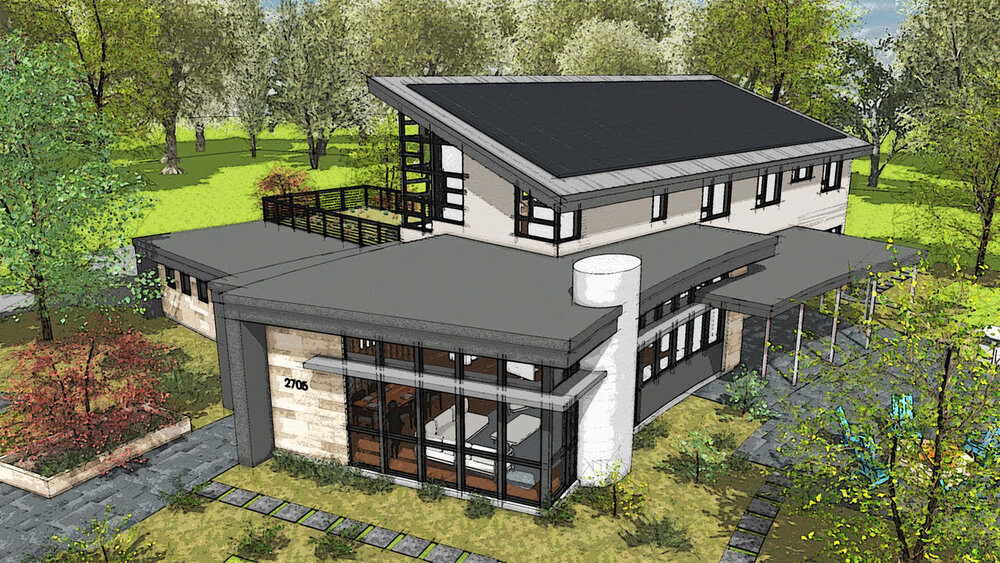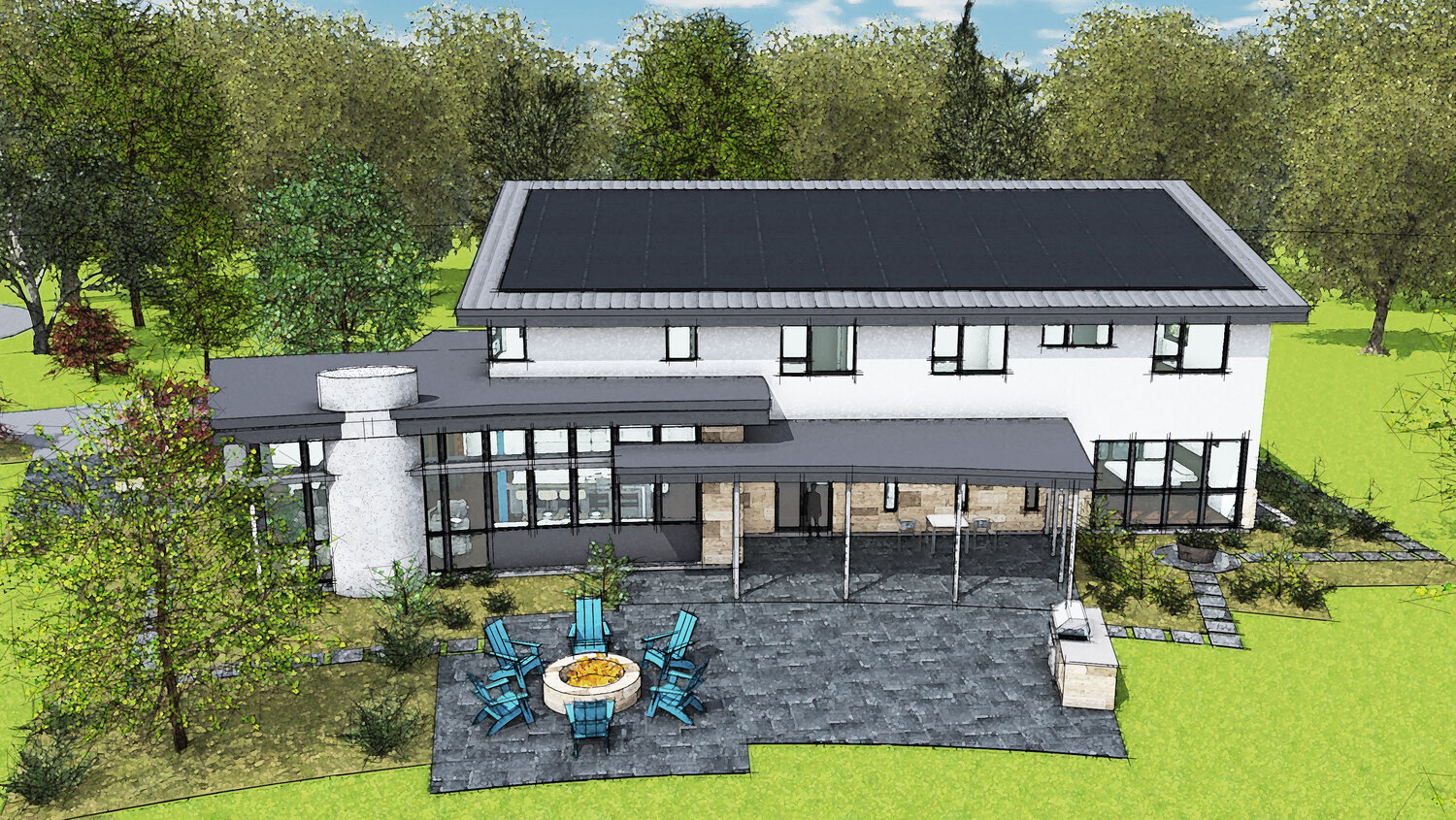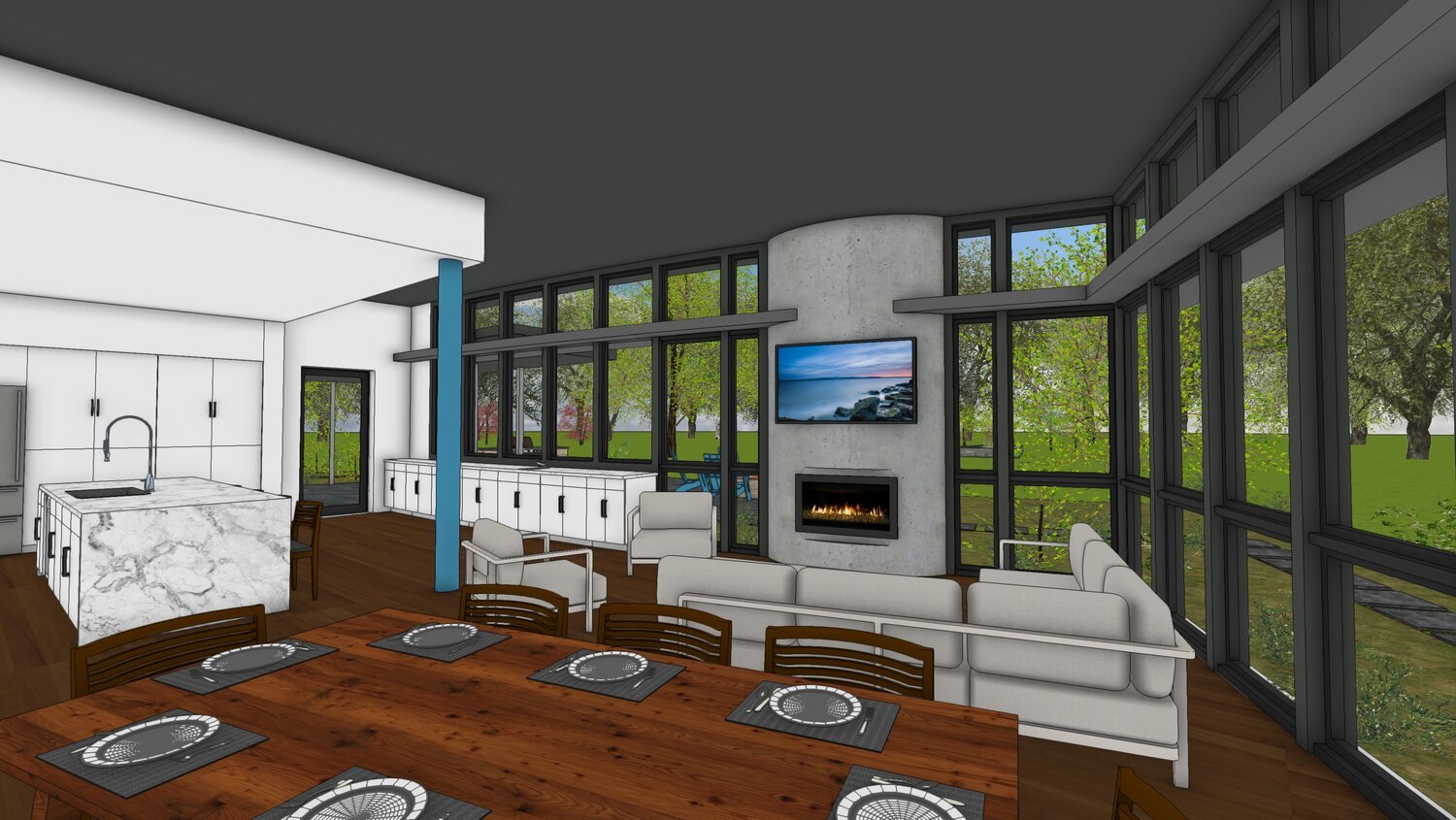
What is excellent design?
There are a lot of interpretations, many colloquial, about that descriptor. But from an architectural standpoint, design excellence is defined in a more holistic, encompassing way.
The American Institute of Architects (AIA) has developed a thoughtful Framework for Design Excellence. The defining principles of excellent 21st century design fall into this framework, which has been drafted around the collective striving for sustainable, resilient and inclusive built structures. While this framework will be used as a basis for design competition among architectural professionals, it ultimately and frequently will be used as a guiding ideology for all projects, greatly expanding the definition of what design should aspire to in these times.

AIA’s framework underscores the important role that architecture plays in protecting people and the environment from the effects of climate change and social injustice. As architects looking at the present and future, we take seriously our work in facilitating these principles in our own work.
The ten points of AIA’s Framework for Design Excellence include the following:
Design for Integration: An integrated process that balances beauty and function.
Design for Equitable Communities: Design that takes into account the community and future occupants as well as those who live, work or visit the building.
Design for Ecosystems: Structures that benefit humans and nonhumans within the ecosystem, including animal life and nature.
Design for Water: Throughout the space, the responsible use of this precious natural resource.
Design for Economy: Designing for value for the homeowner, the community and the earth with a goal of being cost neutral and design neutral.
Design for Energy: Reducing dependence on fossil fuels and working towards Net Zero Energy and Net Zero Carbon building.
Design for Well Being: During and beyond the current global health crisis, creating homes that support health and well being for all people.
Design for Resources: Selecting and using materials that reduce embodied carbon and environmental impacts without sacrificing building performance.
Design for Change: With the inevitability of change, designing structures that take into account future risks and vulnerabilities and changing markets on a social, economic and environmental level.
Design for Discovery: An exciting facet of design, in which lessons discovered from previous work are used to refine and improve the design process for the betterment of all.

As a member of the national AIA’s board-level committee, I’m honored to be a part of the effort to implement the principles within this framework. Watch this space for updates on progress, as the framework and its inspired designs come to life.
Nathan Kipnis is Founder and Principal of Kipnis Architecture + Planning in Boulder, Colo. and Evanston, Ill. and co-founder of NextHaus Alliance. He was recently appointed to serve on the American Institute of Architects’ highest-ranking committee on sustainability and architectural design.
Back to News & Articles